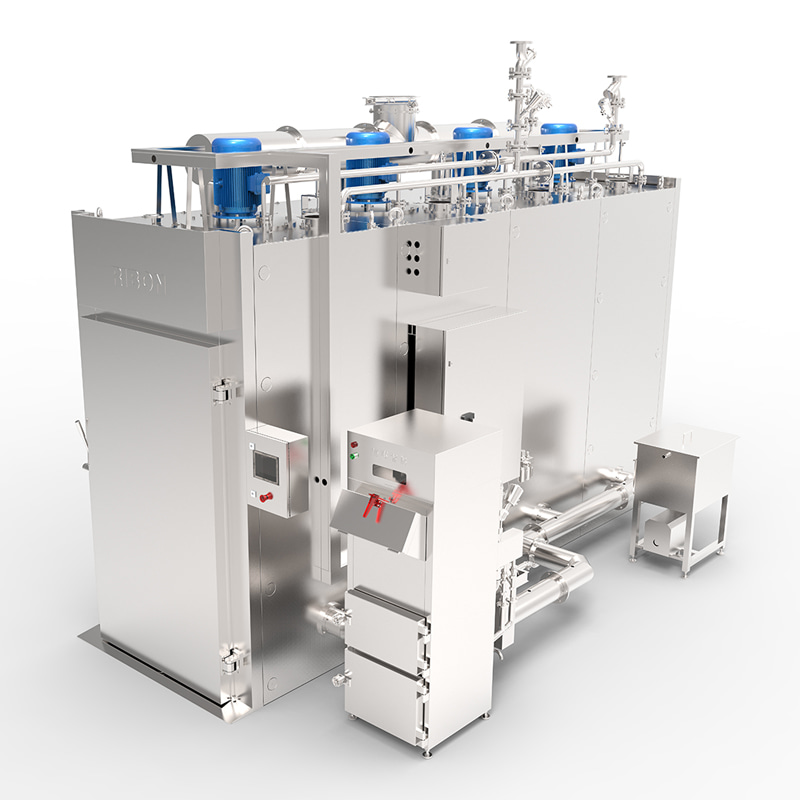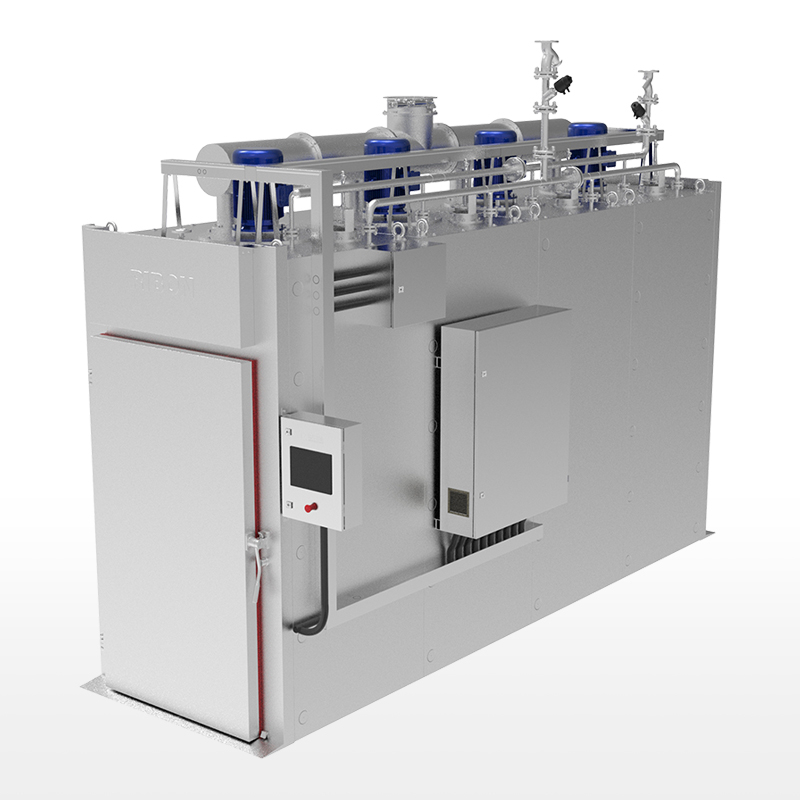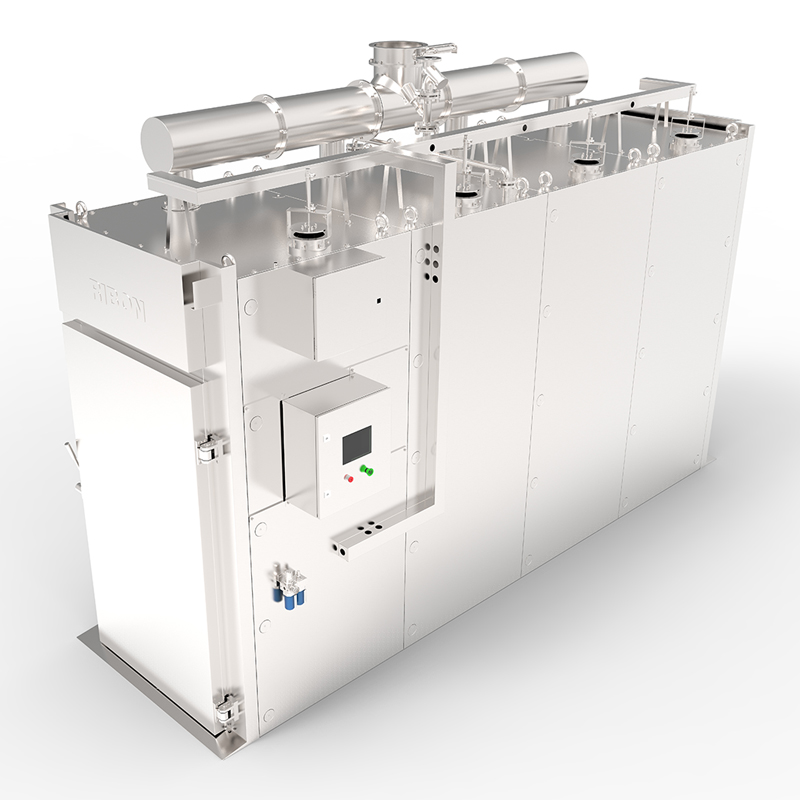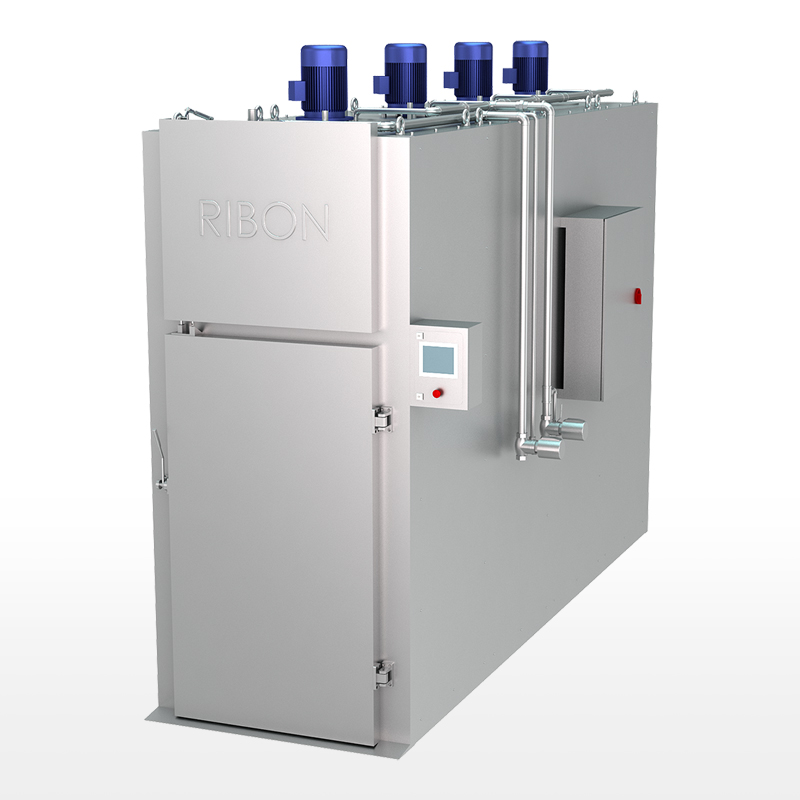In hygiene-critical sectors such as food processing, pharmaceuticals, and logistics, the cleanliness of reusable plastic containers is non-negotiable. It is not merely a matter of visual appearance; it is a foundational element of food safety, product quality assurance, and regulatory compliance. Manual cleaning methods are increasingly inadequate for meeting stringent modern hygiene standards and audit requirements. This is where the specialized, high-capacity industrial crate washer emerges as an indispensable piece of equipment.
Why Automated Washing is Essential
An industrial crate washer is an automated system specifically engineered to clean and sanitize plastic crates, trays, and other reusable handling containers. These machines are designed for speed, consistency, and compliance—qualities that manual processes simply cannot guarantee.
1. Ensuring Uncompromising Hygiene and Compliance
The primary function of a high-quality crate washer is to mitigate the risk of cross-contamination. Crates move constantly throughout the supply chain, quietly transporting potential contaminants like bacteria, allergens, and residue from one facility or product batch to the next.
- Consistent Results: Automated systems deliver uniform pressure, water temperature, and detergent concentration to every container, ensuring consistent cleaning and effective pathogen inactivation. This consistency is crucial for meeting certifications like HACCP, BRCGS, and EHEDG.
- Targeted Cleaning: Advanced washing systems often employ a multi-stage process, including a pre-wash to soften and rinse away heavy debris, a main wash with heated water and detergent for deep cleaning, and a final fresh water rinse (often with a sanitizing agent). The configuration can be tailored based on the specific type of soiling (e.g., proteins, fats, dried-in dirt).
2. Driving Operational Efficiency and Cost Savings
Beyond hygiene, the economic and operational benefits of an automated crate washer are significant, leading to a high Return on Investment (ROI).
- Labor Reduction: Automating the washing process drastically reduces the reliance on manual labor, allowing personnel to be reallocated to higher-value tasks.
- Increased Throughput: Industrial washers are built for capacity, handling anywhere from a few hundred to several thousand crates per hour, ensuring that clean containers are always available to maintain the flow of a continuous production line.
- Reduced Utility Costs (Water and Energy): Modern crate washers are engineered for sustainability. Features like water recirculation and cascade systems (where rinse water is filtered and reused in the main wash or pre-wash) can lead to substantial water savings. Furthermore, insulated walls and heat recovery systems minimize energy loss, significantly lowering operational utility bills.
Key Technological Features to Consider
When investing in a crate washer, facility managers should evaluate models based on several high-value features:
| Feature | Benefit |
|---|---|
| Multi-Stage Washing | Ensures complete removal of various contaminants (pre-wash, main wash, rinse, and optional disinfection). |
| Water and Heat Recirculation | Maximizes water conservation and minimizes energy required for heating, dramatically lowering operating costs. |
| Hygienic Design (Stainless Steel) | Prevents bacterial harbors; tool-free access panels and sloping interiors facilitate quick and efficient machine cleaning. |
| Smart Controls (HMI/PLC) | Allows for customizable, programmable wash cycles to suit different crate types and soil levels, optimizing resource use and cleaning power. |
| High-Efficiency Drying Tunnels | Utilizes high-volume air blowers to remove residual moisture, critical for crates going into storage or immediately back into the production line. |
| Adjustable Conveyor Speed | A frequency regulator allows operators to slow the conveyor for heavily soiled crates or speed it up for lightly soiled ones, optimizing the balance of time, pressure, and resource consumption. |
The Final Verdict
The industrial crate washer is no longer a luxury but a crucial component of a robust, compliant, and efficient supply chain. By automating a critical yet labor-intensive process, businesses can consistently meet escalating hygiene regulations while simultaneously realizing substantial savings in labor, water, and energy. Investing in the right automated washing technology is a proactive step toward safeguarding product quality and achieving long-term operational excellence.





 English
English русский
русский Español
Español عربى
عربى











